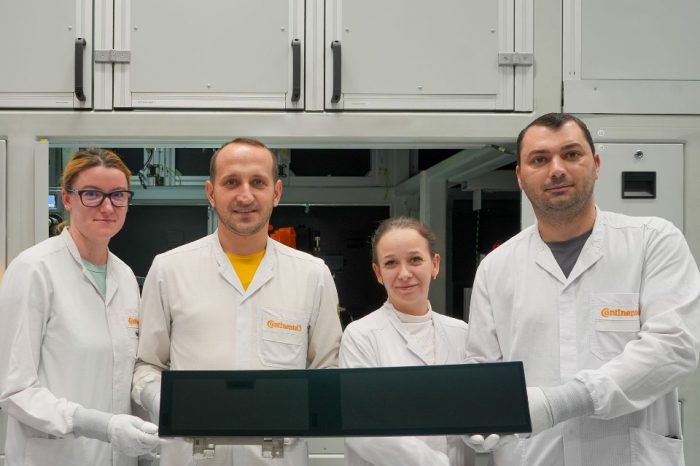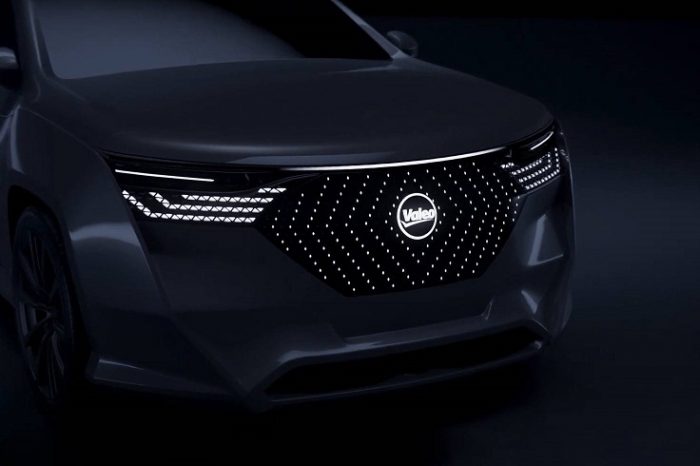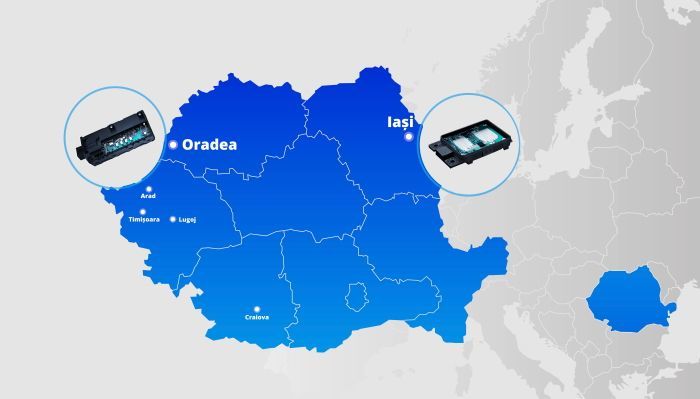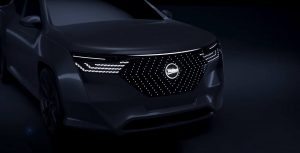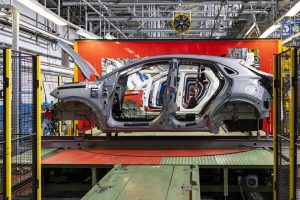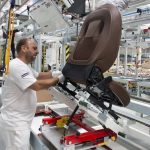Faurecia reveals strategy for CO2 neutrality by 2025
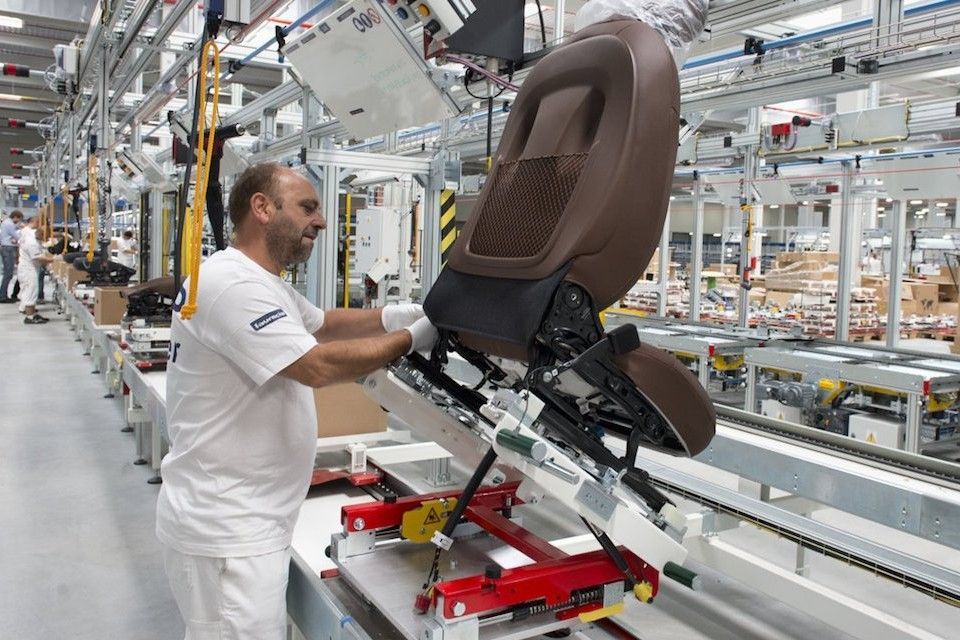
Faurecia has revealed a plan to converge to CO2 neutrality towards 2050 at the latest. This journey has two key milestones – CO2 neutrality in operations by 2025 and halved footprint for controlled emissions by 2030 – and two streams: operations and design.
“Our plan is ambitious but realistic. To achieve it, we have mobilized all the resources of Faurecia, together with our ecosystem of partners and the entire value chain, in particular our suppliers and our customers. We want to be a leader in this transformation, we want our industry to change. We will collectively act for that, today and every day,” said Rémi Daudin, Sustainable Transformation Vice President.
“In 2020, our CO2 footprint went to 7.8 million tons within the area controlled by the Group. Purchased goods and services, upstream and downstream transportation, and purchase of electricity constituted the majority of our controlled emissions. Steel and plastics on their own represent 50 percent of our CO2 emissions.
In 2025 we will be CO2 neutral in our internal emissions: this includes direct emissions from our controlled facilities, and indirect emissions from energy procured. These are known as scopes 1 and 2 respectively.
To that end, in 2020 we built a first partnership with Schneider Electric, a leader in digital transformation of energy management and automation, to accelerate CO2 neutrality in our direct and indirect emissions (scopes 1 and 2).
In 2021, we have also selected Engie to become our long-term partner to support us in this journey, enabling a 15 percent reduction of energy consumption, through energy saving solutions deployed across more than 100 of our sites worldwide.
Early 2022, we have contracted Engie and Energias de Portugal to install solar panels in 150 plants and 22 countries for a capacity of 100 MWp, leading to an expected electricity self-production of more than 7 percent.
By 2030 we will converge towards CO2 neutrality (-46 percent) for all our controlled emissions (scope 3 excluding the CO2 emissions associated with the use phase of our products). This includes both upstream emissions (such as purchase of materials and services and embedded emissions in our buildings and equipment) and downstream emissions (waste disposal and transportation for example).
For all scopes we aim to reach net zero by 2050 at the latest, including for the cars we equip,” a company release shows.


